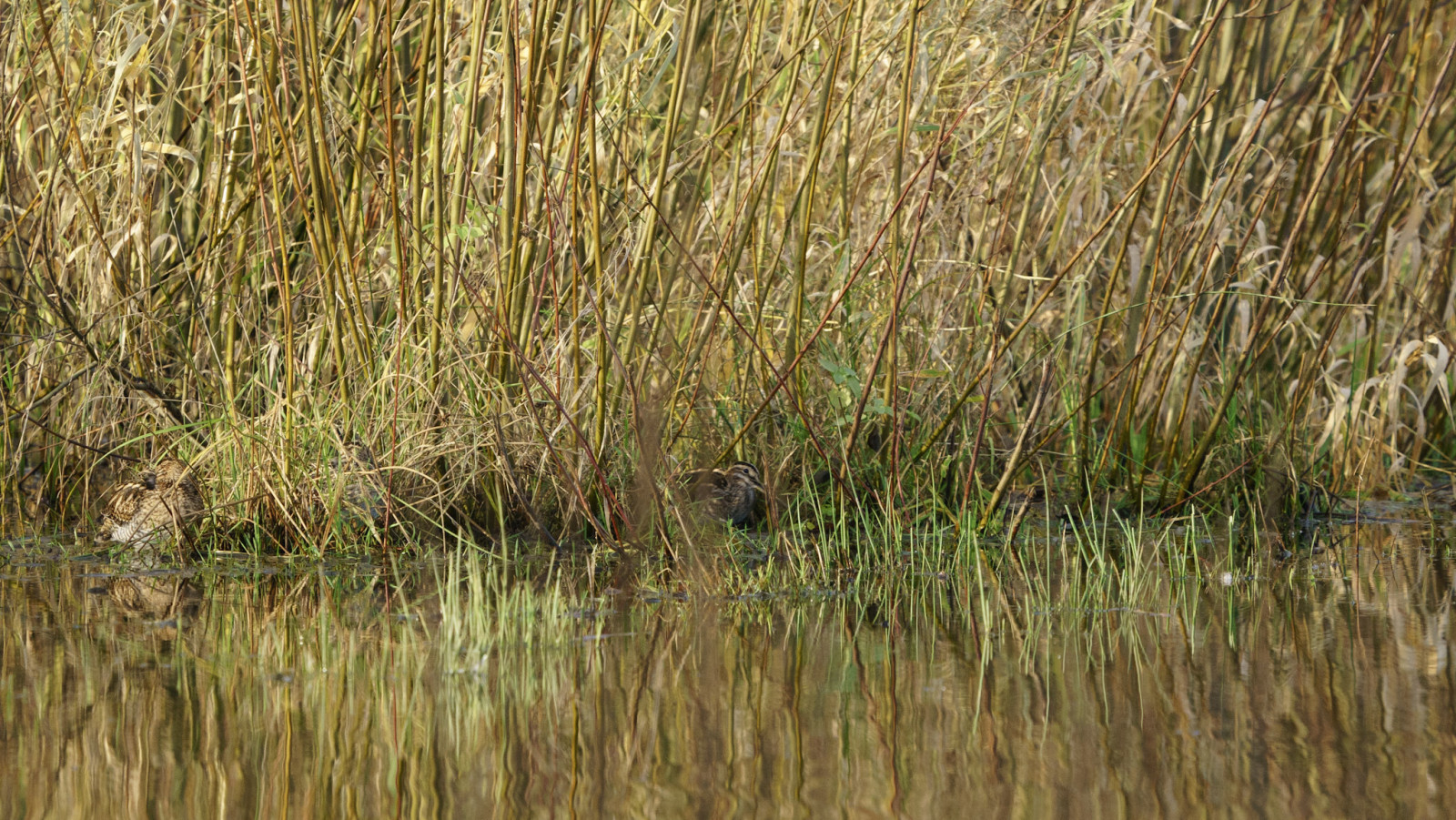Opis
Plaslaar is a flood area of approximately eight hectares. The area is popular with birds that like to stay in wet areas, such as kszyk, zimorodek and podróżniczek. Other common species are kszyk, zimorodek en podróżniczek. Andere vaak voorkomende soorten zijn bernikla kanadyjska, czajka, krzyżówka, gęsiówka egipska, krakwa, cyraneczka, śmieszka, mewa czarnogłowa, kawka and mewa żółtonoga. At the entrance you have immediate access to the bird hide.
_________________________
Nederlands: Dankzij Plaslaar, een overstromingsgebied van ongeveer acht hectare, wordt Lier gespaard van natte voeten bij hevige regenval. Het gebied is populair bij heel wat vogels die graag in natte gebieden vertoeven, zoals kszyk, zimorodek en podróżniczek. Andere vaak voorkomende soorten zijn bernikla kanadyjska, czajka, krzyżówka, gęsiówka egipska, krakwa, cyraneczka, śmieszka, mewa czarnogłowa, kawka en mewa żółtonoga. Aan de ingang heb je meteen toegang tot de vogelkijkhut.
Szczegóły
Dostęp
There is limited parking at the entrance in Plaslaar street. Click on the P on the map for directions to the parking lot. In the area you will also find a bus stop "Lier - Plaslaar" which offers connection with lines 35, 90, 351 and 359. From Lier train station to this area it is 8 minutes by bike, 16 minutes by bus and about half an hour's walk. The circular walk around the area is approximately 1.5 km.
_________________________
Nederlands: Er is een beperkte parking aan de ingang in de straat Plaslaar. Klik op de P in de kaart voor een routebeschrijving naar de parking. Aan het gebied tref je ook een bushalte "Lier - Plaslaar" welke verbinding biedt met lijnen 35, 90, 351 en 359. Van het treinstation Lier naar dit gebied is het 8 min fietsen, 16 min rijden per bus en ongeveer een half uur wandelen. De rondwandeling om het gebied is ongeveer 1,5 km.
.jpg)



